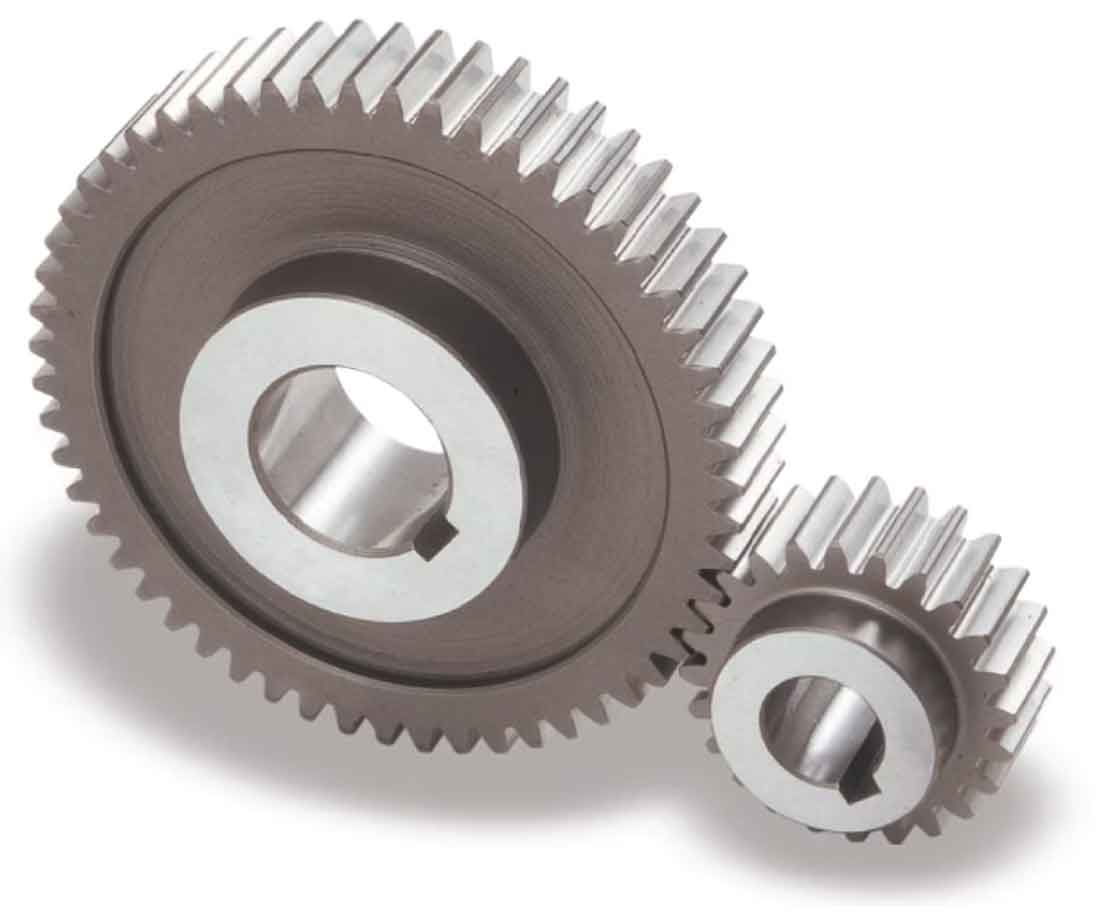
Tooth Profile:
The tooth profile of a spur gear is designed to ensure smooth and efficient engagement with another gear in mesh. The two most common tooth profiles used in spur gears are:
- Involute Profile: The involute tooth profile is widely adopted in spur gears. It is based on an involute curve, which is a mathematical shape derived from unwrapping a taut string from the base circle of the gear. The advantage of the involute profile is that it provides a gradual engagement and disengagement of gear teeth, reducing impact and noise.
- Cycloidal Profile: The cycloidal tooth profile is less common but still used in some applications. It is based on a cycloid curve, which is traced by a point on the circumference of a rolling circle. Cycloidal gears have smoother meshing characteristics compared to involute gears but are more challenging to manufacture.
Operation Principles:
The operation of spur gears is based on the principles of gear meshing and rotation. Here’s a simplified explanation of how spur gears work:
- Meshing: When two spur gears with aligned axes come in contact, their teeth mesh together. The teeth of the driving gear (input gear) engage with the teeth of the driven gear (output gear).
- Rotation: As the driving gear rotates, it transfers rotational motion and power to the driven gear. The teeth on the driving gear push against the teeth on the driven gear, causing it to rotate in the same or opposite direction, depending on the gear ratio.
- Velocity and Torque: The ratio of the number of teeth between the driving and driven gears determines the speed (velocity) and torque relationship. If the driving gear has more teeth, it rotates slower but with higher torque, while fewer teeth result in higher speed and lower torque.
- Load Distribution: The load on spur gears is distributed across multiple teeth in contact at any given time. This distribution helps minimize wear and extends the life of the gear system.
- Lubrication: Proper lubrication is essential to reduce friction and wear between the teeth. Lubricants help in maintaining smooth meshing and dissipating heat generated during operation.
It’s important to note that the smooth operation of spur gears depends on factors such as tooth profile accuracy, proper alignment, adequate lubrication, and load considerations. Careful design and maintenance practices are necessary to ensure optimal performance and longevity of spur gears in gear systems.
